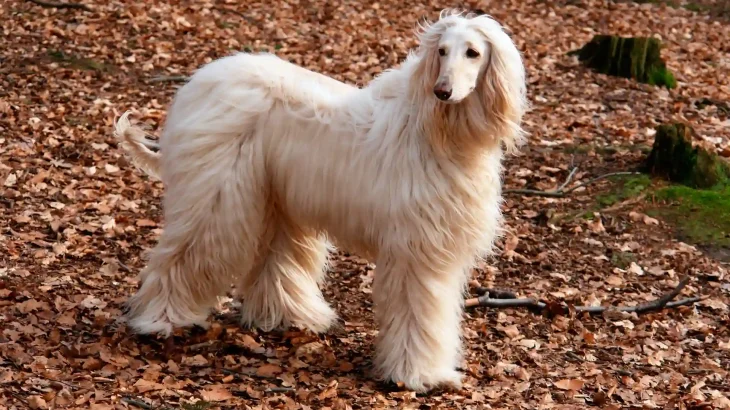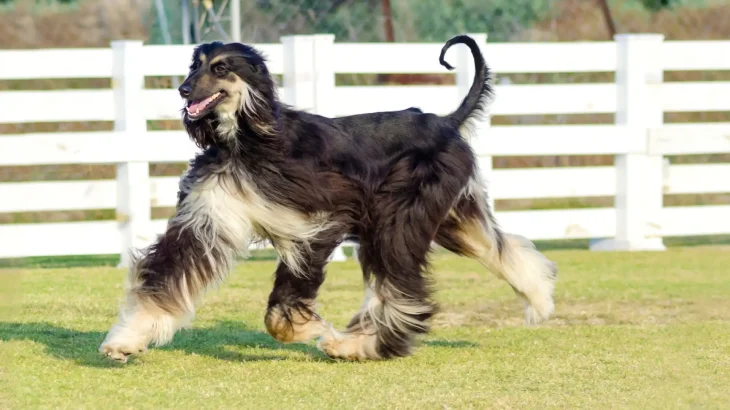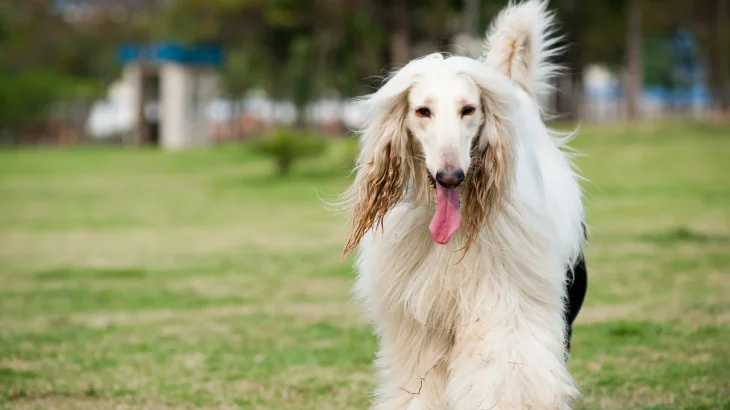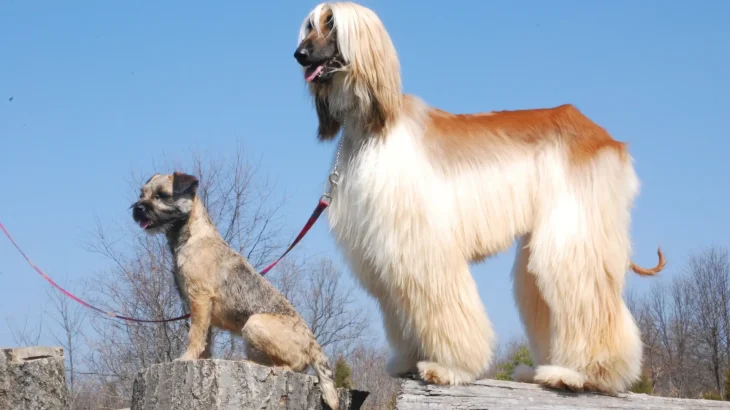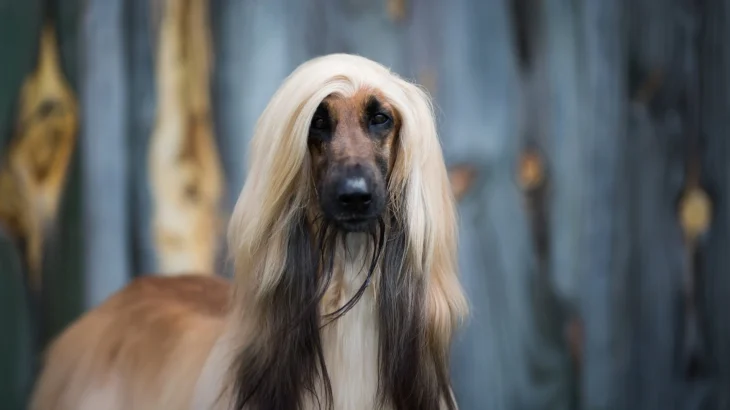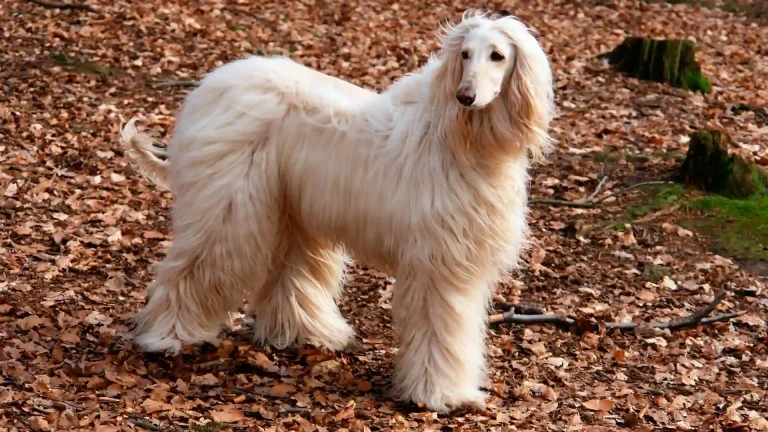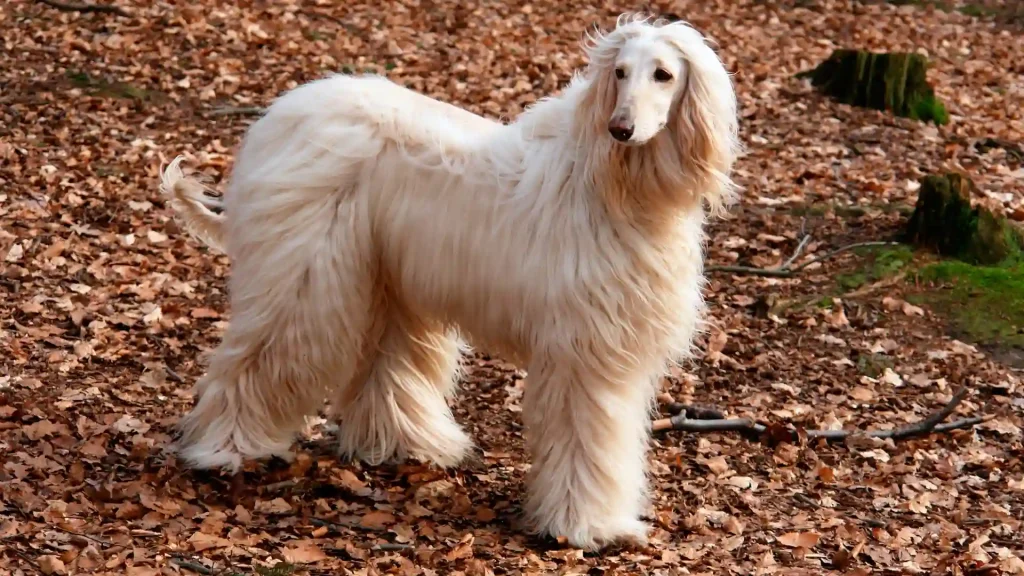Deciding whether to adopt or purchase an Afghan Hound puppy involves considering factors like the predictability of the dog's background and health versus the chance to give a dog a second chance. Purchasing from a breeder generally offers more insight into the breed's lineage and health, while adoption allows you to provide a home to a dog that may otherwise be overlooked.
Adoption vs. Breeder: Pros & Cons
| Criteria | Buying from Breeder | Adopting from Shelter/Rescue |
|---|---|---|
| Cost | Often higher, reflecting pedigree and breeding expenses. | Lower adoption fees, more budget-friendly. |
| Health History | Usually detailed, including genetic screening and health records. | May be limited or unknown; basic health checks done. |
| Age Availability | Primarily young puppies, allowing early bonding and training. | Varies widely; may include adults or seniors. |
| Temperament Insight | Breeders provide info based on lineage and socialization. | Shelter staff share observed behavior; background may be unknown. |
| Supporting Practices | Supports ethical breeding efforts. | Supports animal welfare by rescuing dogs. |
| Breed Purity & Pedigree | Guaranteed pedigree and breed standards adherence. | Breed purity may be uncertain; less focus on pedigree. |

